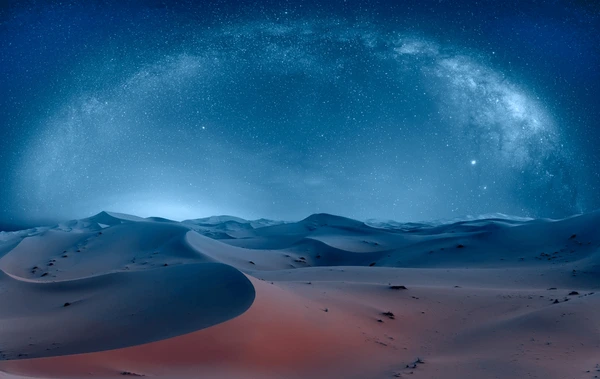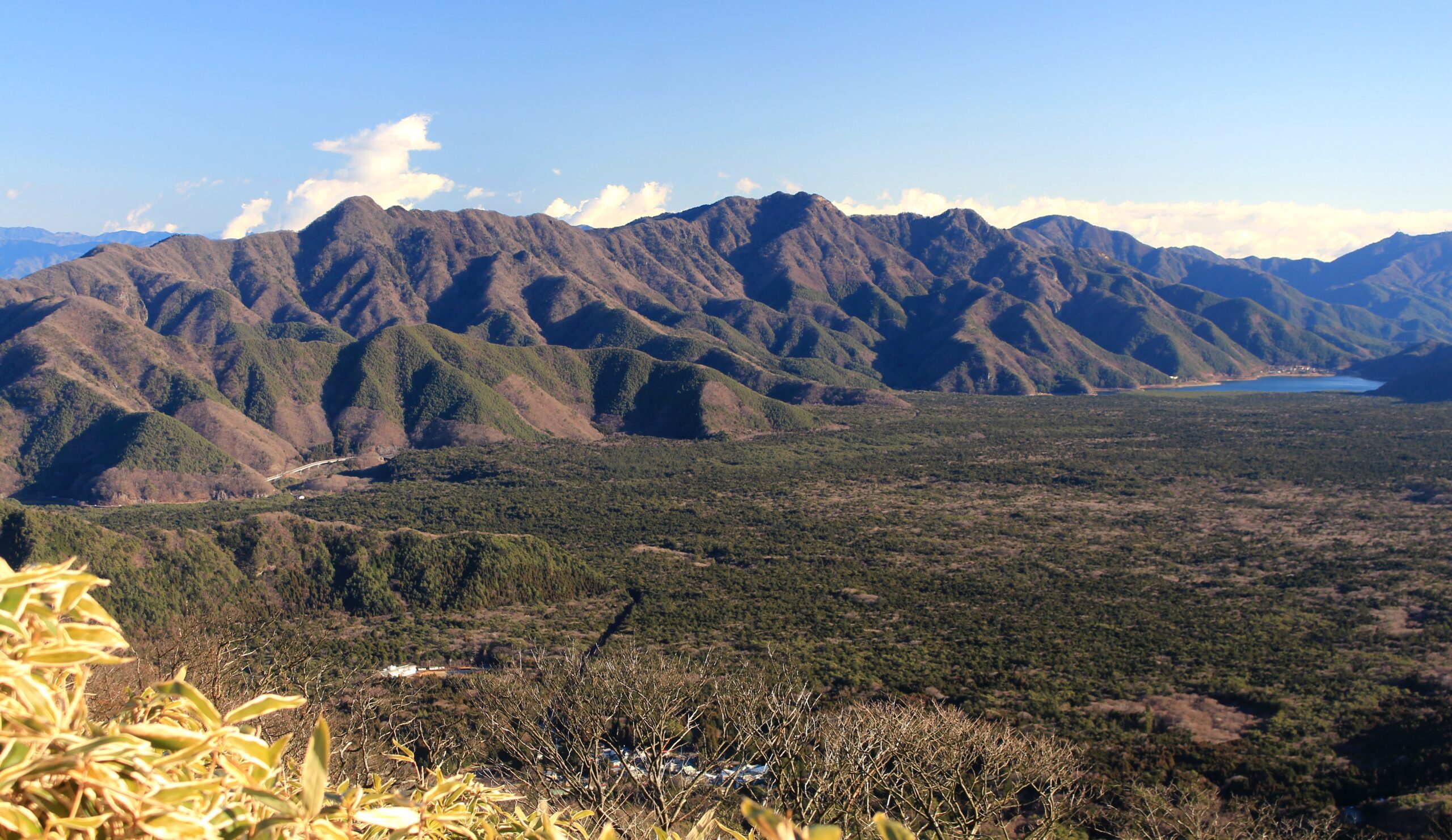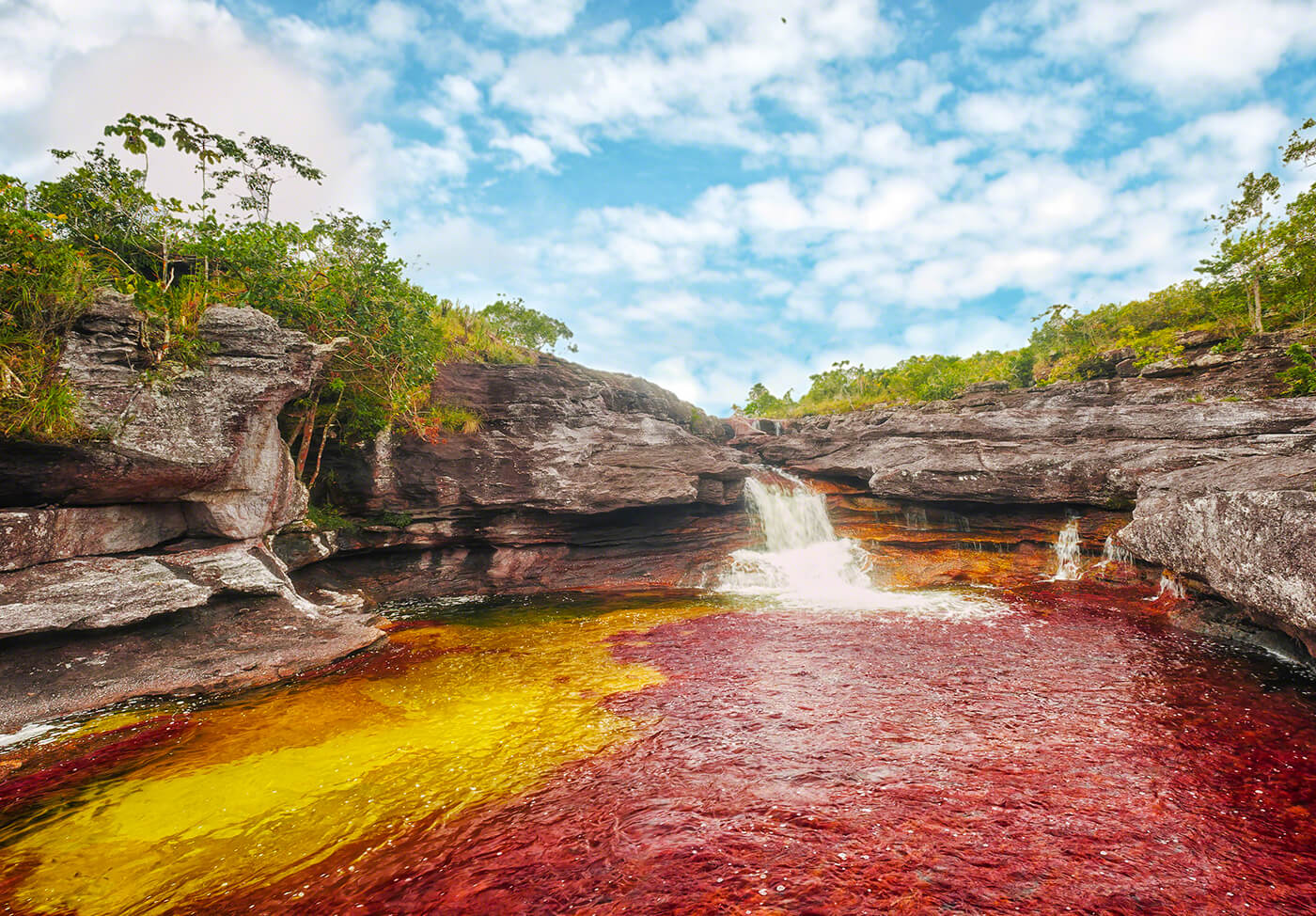Now Reading: The Indian Desert That Glows Blue Under Moonlight
-
01
The Indian Desert That Glows Blue Under Moonlight
The Indian Desert That Glows Blue Under Moonlight

In the heart of India’s Thar Desert, travelers have often spoken of a rare sight—vast stretches of sand that seem to glow with a soft blue light under the moon. The effect is not a myth but a natural play of reflection and minerals present in the sand. When moonlight falls on certain areas, the desert appears illuminated, creating an otherworldly landscape that feels both magical and scientific.
The phenomenon is linked to the desert’s fine particles, which contain traces of quartz and other reflective minerals. Under strong moonlight, especially on clear nights, these grains scatter light in a way that gives the sand a bluish sheen. Unlike artificial light, this glow feels subtle, almost like the desert is quietly breathing with the night sky. For people who live nearby, it is simply part of nature’s rhythm, while for visitors it can feel like stepping into a dream.
What makes it interesting for Indian readers is that such moments of natural beauty exist right within the country, not far from the familiar camel trails and cultural heritage of Rajasthan. Just as tier 2 city travelers seek out star-gazing experiences in Ladakh or echo valleys in Maharashtra, the glowing desert adds another layer of wonder to India’s diverse landscapes. It shows how science and beauty often meet in unexpected places.
The glowing desert of India is not just about a visual experience but also about perspective. It reminds us that nature holds marvels that cannot always be captured in photographs but must be felt in person. For those who witness it, the desert under moonlight is a quiet reminder that even the driest landscapes can come alive in their own unique way.

























